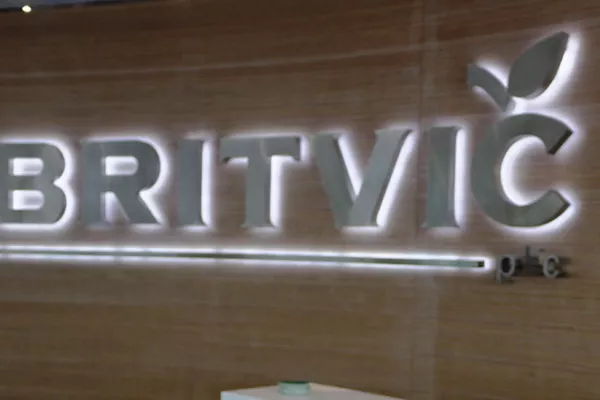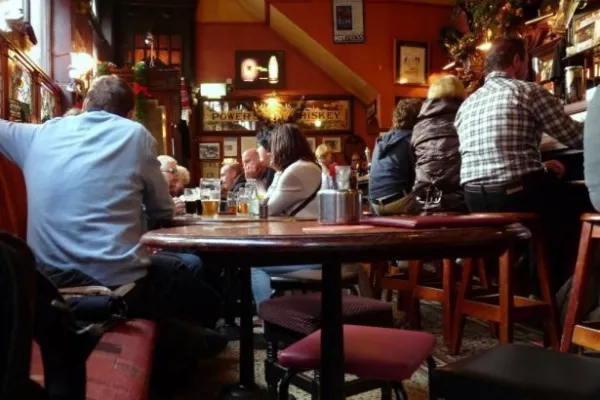Soft drinks firm Britvic has developed a new packaging format developed from sustainably sourced, renewable wood fibre materials, as it seeks to bolster its environmental credentials.
The new wood fibre packaging technology was developed as part of Britvic’s broader R&D work stream within the sustainability strategy in 2016. While the project is still in its ‘early days’, as Britvic explains, the company said that it has ‘taken significant steps towards exploring wood fibre bottles as a viable packaging option for multiple sectors’.
The new bottle was developed in partnership with Innovate UK and Natural Resources (2000) Ltd.
Sustainable Business
“At Britvic, we know that to be a successful business in the long term we must be a sustainable business and this means listening to the needs of our consumers, our customers, our communities, and our employees,” commented Clive Hooper, Chief Supply Chain Officer at Britvic.
“We understand that packaging and the environmental impact of waste is a major concern and we’re committed to working collaboratively with others to explore innovative solutions. The wood fibre bottle is a great example of what potentially can be done and its development has provided great insight into what will and won’t work in terms of quality standards and mass production in the future. We’re now working hard to take our learnings from the fibre bottle to investigate fibre-based sustainable packaging materials further.”
Investment
As well as develop new packaging technology, Britvic is currently ‘half-way through’ a £240 million supply chain investment programme, through which it hopes to maximise efficiency through its manufacturing sites, and reduce waste.
In 2016, Britvic sent zero waste to landfill in the UK, and maintained a recycling rate of nearly 92%.
© 2017 European Supermarket Magazine. Article by Stephen Wynne-Jones.









